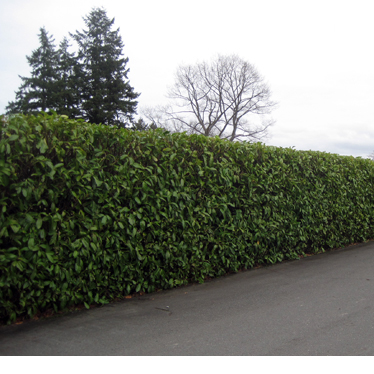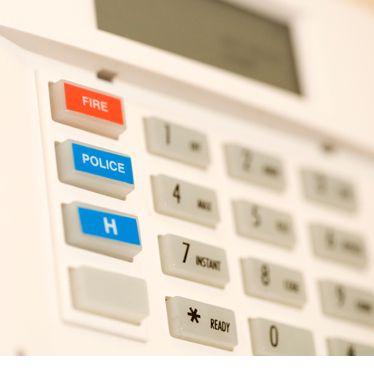
Secure
A sense of safety and well-being
Limited visibility into the interior from the public, exterior side protects residents’ privacy.
Protected outdoor play spaces for children visible from communal spaces and individual units allow parents to supervise children.
Exterior lighting on timers in outdoor areas extend the opportunities for use of outdoor spaces into the evening.
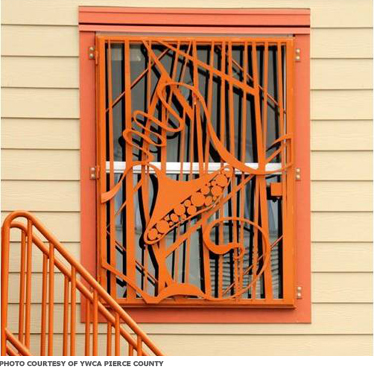
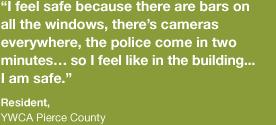

A steel artist donated time to create window coverings which are both secure and artful at the YWCA Pierce County.
Strategies include:
- Keycards
- Key Fobs
- Perimeter and entry cameras
Controlled access can ease curfew policies. Fob access is more secure than keyed access and more flexible than staff-monitored access. Where a lost key could mean changing all the locks, a lost fob or key card may simply be deleted from the system.
Focus groups indicate that survivors appreciate the use of cameras to ensure their safety and security from their abusers. Agency policies and practices need to make clear that the intention and use of security cameras is for safety not to monitor residents’ behavior.
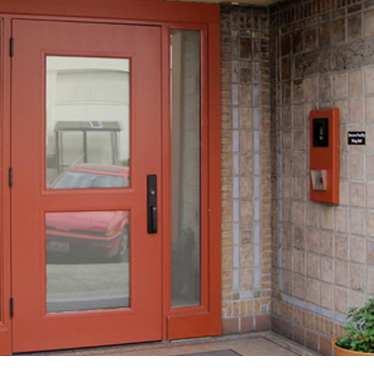
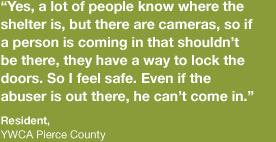

At the YWCA Pierce County staff monitor the entry via a camera and ask residents for a unique number code before buzzing them into the shelter.
Visual screens or enclosures at parking areas protect confidentiality.
Particularly in rural areas, but even in urban ones, people recognize each other’s cars. Residents can feel more secure when their car is concealed from the public eye. Even when a community knows where a shelter is, screening parking helps keep the identity of the residents in the shelter confidential.
A chainlink fence obscured by a dense hedge, blocks observation from the street and provides views of greenery for residents and staff.
